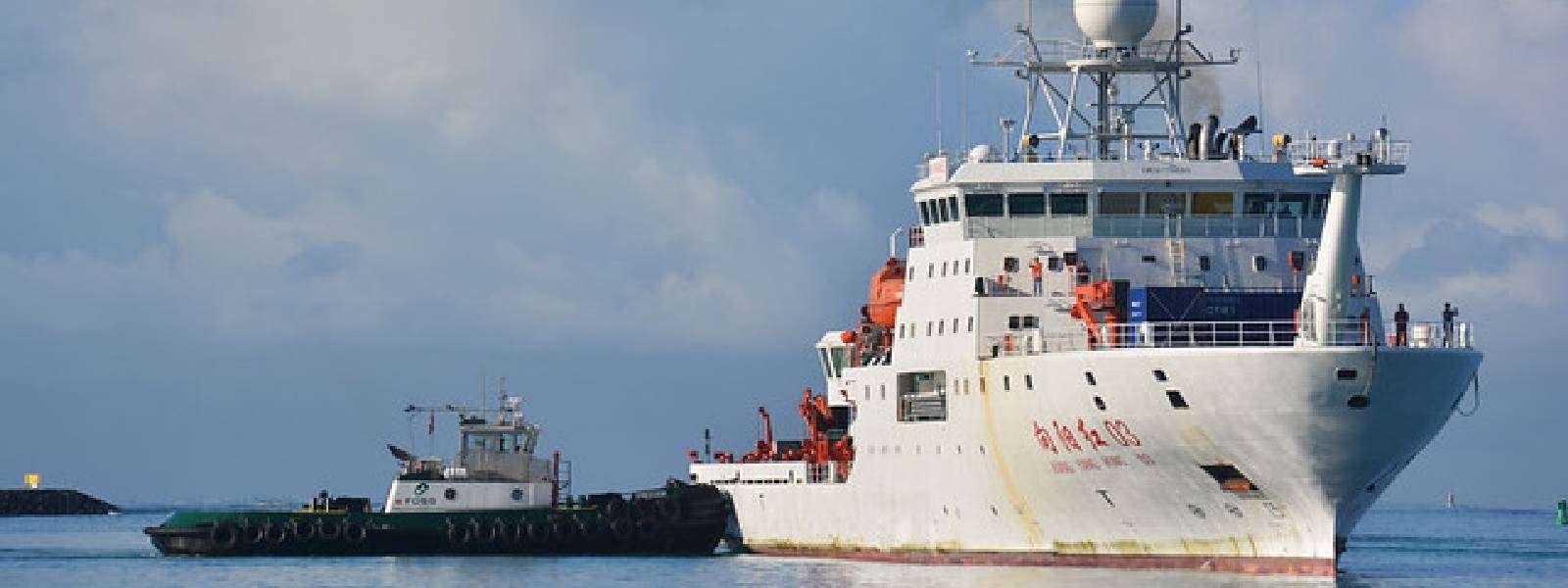
India, China spar over Chinese research vessel near Sri Lanka
A Chinese research vessel, which had been denied permission to enter the exclusive economic zone of the Sea of Sri Lanka, remains actively engaged in scientific research and observation within the area.
As of 3:30 PM local time today, the vessel was observed sailing southward toward the Maldives at a steady speed of 13 nautical miles per hour.
The presence of the Chinese research vessel Xiang Yang Hong 3 has ignited a fresh wave of diplomatic discussions between India and China concerning Sri Lanka.
India has expressed concern over the repeated incursions of Chinese research ships into the Sea of Sri Lanka, deeming them a threat to its security.
In response, the Sri Lankan government enacted a one-year ban on research vessels from all nations conducting research within its territorial waters.
Despite the ban, the Chinese government formally requested permission to deploy the research ship Xiang Yang Hong 3 for research activities in the Sea of Sri Lanka.
The Ban was imposed when the vessel was ready to depart from its home port.
The Chinese vessel, which departed from Sanya port in China on the 16th of last month, altered its course. Instead of heading directly to Sri Lanka, it set its sights on the Maldives.
As of yesterday, the Xiang Yang Hong 3 remains in close proximity to the Sri Lankan sea border, engaged in undisclosed investigation or surveillance activities.
The area within 200 nautical miles from Sri Lanka's southern coast falls under the country's Exclusive Economic Zone. The Chinese vessel's actions skirt the limits of this zone.
Adding to the complexity, an Indian navy submarine arrived in Colombo last Saturday, greeted with naval courtesies. India views this as a strategic victory.
Chinese media outlets counter India's claim, asserting that India's pressure on Sri Lanka is not a victory but rather a source of embarrassment.

